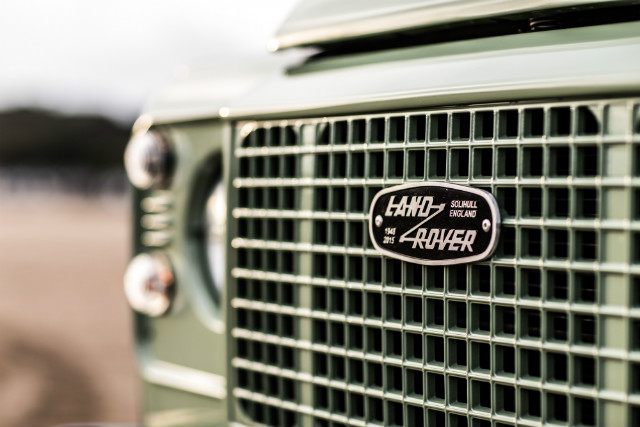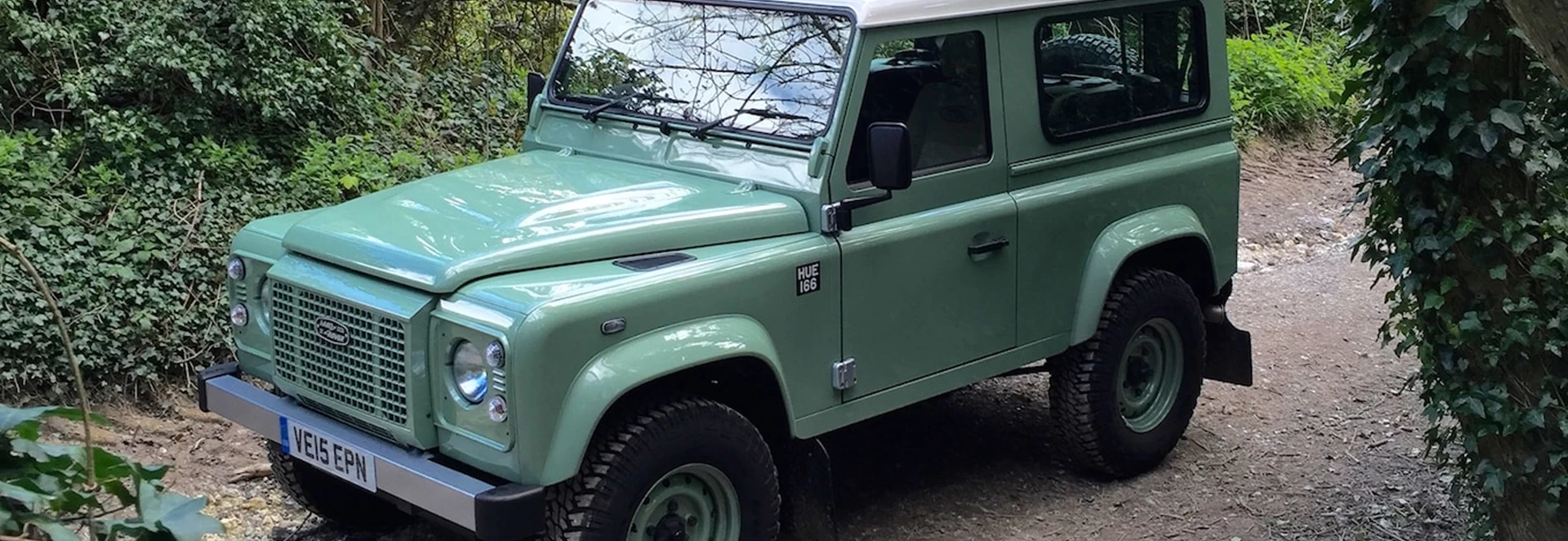Although there have been more revisions than you could shake a stick at over the decades, the basic concept of the Land Rover Defender dates back to 1948. To say that it's therefore overdue for replacement would be understating the case dramatically. However, the Defender has an enormously loyal following, and there are those who deeply regret the fact that production is coming to an end.
Land Rover has responded to this by concocting three final Celebration special edition models - the high-specification Autobiography, the dramatic Adventure and the Heritage tested here.
As its name suggests, the Heritage is the most traditional-looking of the three, with a colour scheme that’s mostly pale Grasmere Green inside and out but including a contrasting Alaska White roof. The design of the sturdy steel wheels also make this Defender look much older than it really is. There are even tags on the cloth seats marked HUE 166, the registration number of the oldest Land Rover in existence.
The atmosphere is certainly as it should be, and no one could deny that the Defender's off-road potential is well beyond the ability of most drivers to unleash. However it’s also possibly the least comfortable car you can buy for over £30,000 (or £30,900 to be more exact).
The driving position is extremely cramped and the 118bhp 2.2-litre turbo diesel engine is incredibly noisy. Aerodynamic performance is so lacking that you feel you're driving towards a strong wind even at 20mph on a calm day.

There are a few modern touches like heated seats and windscreen and Bluetooth connectivity. But the aftermarket-looking Alpine radio has such tiny buttons that you have can't use them, or even read what they are, while you're driving.
The 0-62mph sprint takes 15.8 seconds, while the top speed is 90mph. The official combined fuel economy recorded is 27.7mpg and the CO2 emissions are 269g/km. And this is the quicker, cheaper to run of the two Heritage models. The long-wheelbase 110 Station Wagon is slower still and uses even more fuel. It's no more expensive to tax, but that's only because the 90 is already in the top bracket for both Vehicle Excise Duty and Benefit In Kind payments.
Does any of this matter? Probably not. Heritage customers won’t care about these problems, because this is not about buying a good car. It's about celebrating an extraordinary piece of British motoring tradition, and about taking one last opportunity to be part of that tradition before it becomes history. I wouldn't want a Defender Heritage myself, but I can see why other people would.




